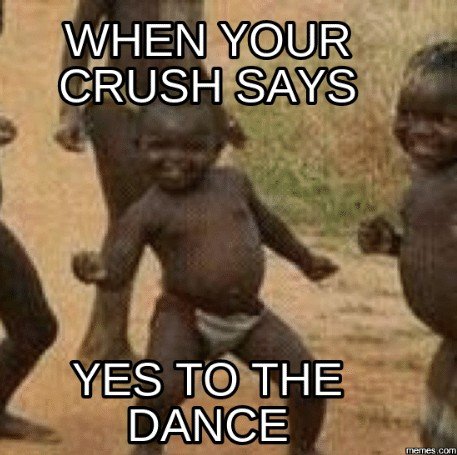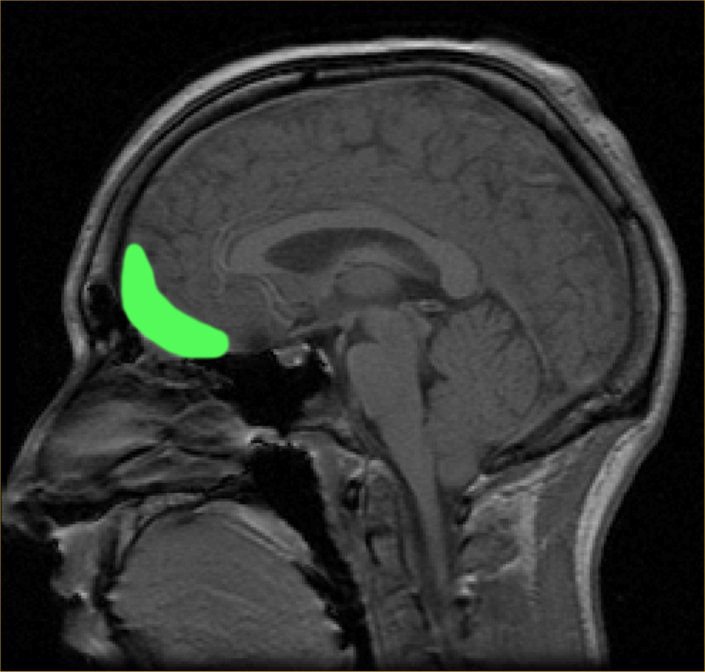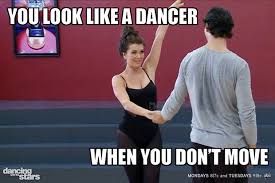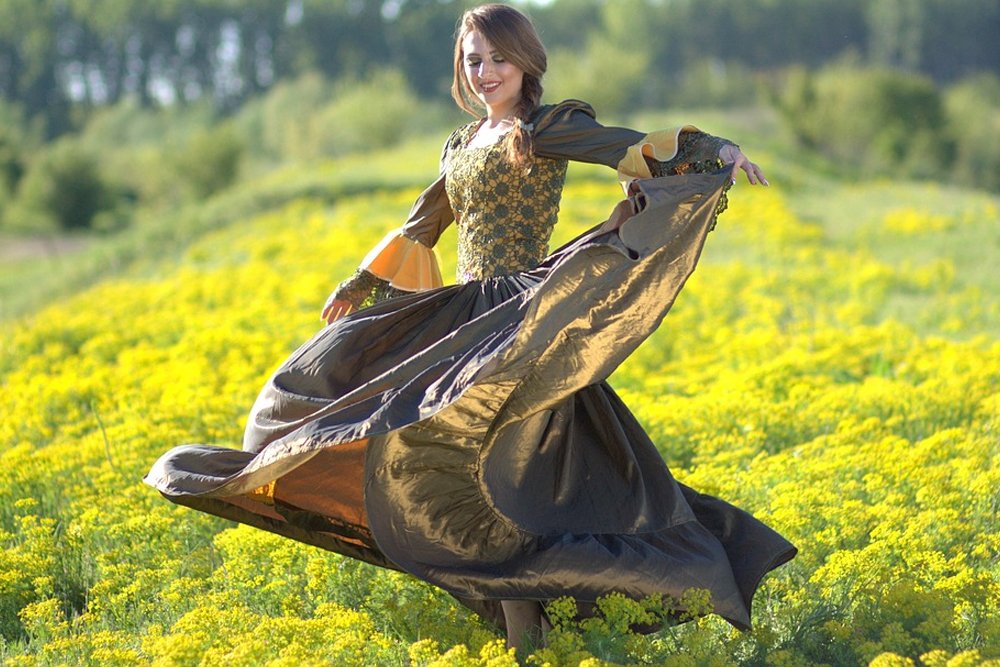Table of Contents (click to expand)
There are many reasons why humans dance. One reason is that it triggers our brains’ reward centers. Another reason is that it is a way to engage socially with each other. Dancing also refines your movement skills by improving your coordination, timing and rhythm.
There are a number of things that can trigger our brains’ reward centers, and coordinated movement is one of them. Imagine the thrill you get from watching an action-packed fight scene in a movie or a perfectly choreographed dance performance in a major dance competition. Think of the enjoyment you get when watching a nail-biter of a baseball game or riding on a roller coaster. All of those things are thrilling, partly due to the coordinated movements they entail.

Scientists and anthropologists often debate why we admire movement so much, but there’s certainly a lot of tangible evidence to suggest that we get a pretty big kick out of it. Many recent studies have observed that synchronizing with beats is appealing to both the ear and brain, meaning that movement—in essence, dance—constitutes a kind of double pleasure play.

Why Do We Dance?
So, coming to the main question again, why do we dance? Renowned music professor Ian Cross of Cambridge University opines that it’s probably the same reason why language evolved—to enable us to engage socially with each other. The researchers discovered that the DNA of a group of professional dancers shared two genes associated with a predisposition for being good social communicators. Moreover, those professional dancers were found to have higher levels of serotonin—a chemical known to boost mood in mammals.
Speaking from a physiological perspective, dance’s music is known to stimulate the orbitofrontal cortex of the brain, which is located right behind the eyes. The orbitofrontal cortex is the major reward and pleasure region of the brain. The amount of stimulation caused here is dependent on how much we enjoy a particular tune.
Besides the orbitofrontal cortex, music also activates the cerebellum—located at the base of the brain. The crebellum is primarily involved in the coordination and timing of movement. It is also observed that upon receiving musical tones, there’s an activation in the supplementary motor area in the brain—the area involved in planning for an action. In other words, you can say that whenever music starts beating, our supplementary motor area prepares us to get moving!

Also Read: Why Do We Feel The Urge To Sing Along To Songs We Know?
Is Dancing A ‘Primate’ Thing?
Recent research material published by the Kyoto Primate Lab (Japan) reveals that chimps unambiguously tap along in time with each other. To put it more simply, chimps could do something like dance with each other, provided they happen to know their dancing partner or possess some close genetic relation. Avoiding strangers when dancing is something that humans don’t do. In fact, dancing with strangers is often the intention when people go out for a night at a concert or club!

Why Do We Get Pleasure From Dancing?
The first reason we derive such pleasure from dancing is that many people believe music was borne from rhythmic movement, e.g., tapping your foot on the floor. Second, some reward-related areas in the brain are connected to motor areas. Third, recent research suggests that we are sensitive to the movements of others’ bodies. Researchers discovered that similar brain regions are activated when certain movements are both made and observed. They found that the motor regions of professional dancers’ brains were more stimulated when watching other dancers as compared to those people who didn’t dance at all.

Also Read: Why Are Hit Songs So Enjoyable?
Dancing And Memory
Professor Ian Cross and his team conducted a study a few years ago where they monitored people dancing together and the effect of their dancing on their memory. They used silent disco technology for the research. For the uninitiated, in a silent disco, a wireless headphone with a base station is provided to each attendee. This facility allowed the researcher to make two different people in the same space dance to a difference piece of music broadcast on their base station. This base station can broadcast half-a-dozen music channels, but researchers only used two different channels with two different pieces of music. Thereby, half of the people were dancing to one piece and the rest were dancing to another piece of music (at a different tempo and a different speed).
So, what effect did that have on people’s memory, you may ask? Well, in the research experiment, Ian and his team controlled the ways in which people could interact with one another. So, everyone who was a part of the study spent as much time in proximity to people dancing at the same tempo as they did with those dancing at the different tempo. Different participants wore different color sashes. Also, half of them were wearing badges. What the researchers discovered was that people remembered the color of the sashes of those people who were dancing to the same tempo. They also recollected whether or not the people dancing to the same tempo were wearing badges. Interestingly, they didn’t remember these things as well when the other people were dancing to a different tempo. In other words, dancing might actually help us remember things about the people we’re dancing with!
Dancing to music essentially refines your movement skills by improving your coordination, timing and rhythm. Take the example of Brazilian folk art, Capoeira—which looks like dance camouflaging as a martial art, or vice versa. Many of the fight scenes in films are choreographed and practiced along with music, making the stunt performer more adept at the movements, and giving them both the pleasure from the music and from performing the specific actions.
How well do you understand the article above!

